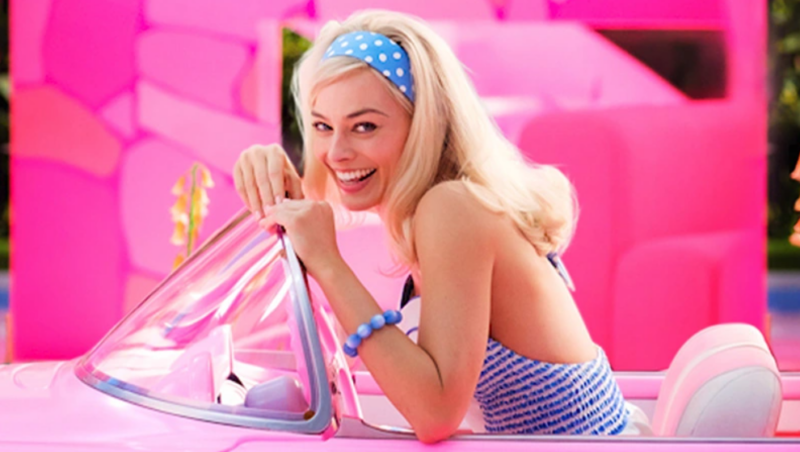Barbie: A masterclass in strategic brand evolution
You can’t escape the pink-saturated marketing campaign for the new Barbie movie, which is a masterclass in the art of strategic brand evolution, creativity and leveraging culture, Sayers Group brand momentum associate Rachel Tucker writes.
In case you’ve been living under a rock, #Barbiecore is having a serious moment, as buzz builds ahead of the launch of the film starring Margot Robbie, which looks certain to break cinema attendance records.
Why? Well, in the words of Barbie herself: “I’m a Barbie girl, in a Barbie world.”

The ‘world’ Barbie lives in has evolved significantly since first being launched in 1959, driven by radical shifts in culture, denormalisation of outdated stereotypes and a modern world that values diversity (amongst so many other things).

